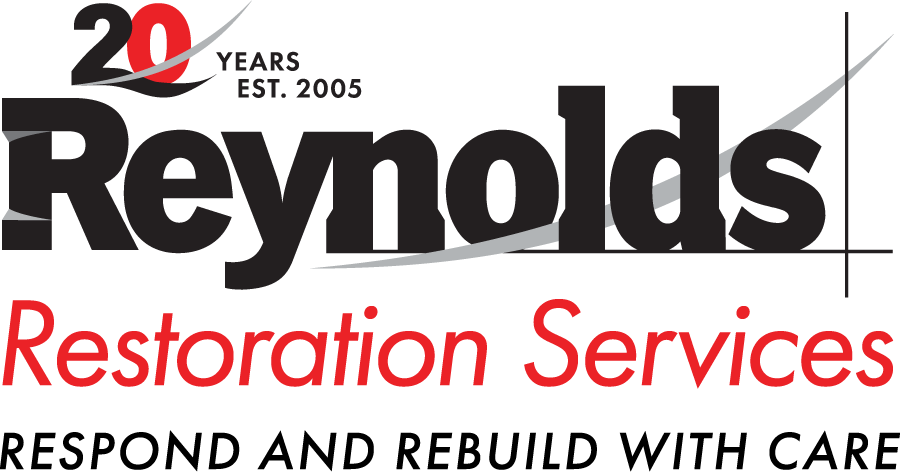Reynolds Restoration President, Anthony Worrall, was featured on the Central Penn Business Journal Insights blog. This weeks post, “Snow and Ice Build-Up on Your Roof can be Damming” went live on January 28, 2016.
Following in the footsteps of historic rainfall events across the Eastern seaboard this fall, Winter Storm Jonas showed no remorse, smashing winter storm accumulation records across the Mid-Atlantic region. The extreme winter weather phenomenon brought some Central Pennsylvania locales nearly three feet of snow.
As the frequency and intensity of these storms continue to increase, so too has the frequency of weather-related home or business restoration claims in our area. To date, snow/ice dams and rooftop snow loads have been responsible for a large number of these claims. Understanding what to look for, the cause and how to mitigate these occurrences can prevent your home or business from becoming the next victim of a winter weather restoration disaster.
Snow and Ice Dams
A snow or ice dam occurs when a ridge of ice or snow forms along the eaves of your home or business. Simply put, the primary indicator that a snow or ice dam has formed on your roof is the formation of icicles. Snow and ice dams are caused by heat that is escaping the warm interior of your building, subsequently warming your roof deck and causing the snow to melt.
As the snow melts on a warm roof, it quickly refreezes when it reaches the cold eaves of your building and, therefore, re-accumulates. Snow and ice dams that form on the edge of a roof prevent melting snow from draining properly.
During the event, water is dammed behind the snow or ice formation and can penetrate the shingles and underlayment of your roof resulting in a leak. Roof leaks can cause damage to walls, floors, ceilings, insulation and other objects in your home or business, and more importantly, lead to mold issues.
Mitigation of Snow and Ice Dams
- Salt/chemical applications: Some owners will use ice-melting compounds for removing ice dams. While this mechanism will work, it is not without risks. Salt and other corrosive compounds can affect the integrity of your roofing and drainage systems, as well as damage the vegetation and soil below.
- Hammer/pick/hatchet methods: Owners should be advised that this method will bust through the accumulation, potential hazards include long-term damage to the roof structure. A safer alternative is to use an aluminum roof rake (on wheels).
- Contact a professional: Professional roofing and restoration experts will utilize steam and other tools to safely remove snow and ice build-up from your roof or gutters.
Rooftop Snow Loads
When a significant, measurable snowfall event occurs, there exists the threat of a structural rooftop deficiency or collapse. While measurable depth is a strong indicator, it is not the only indicator. The amount of snow that is required to exceed your rooftop design snow load depends heavily upon the density of the snow (wet snow is considerably heavier than dry and fluffy snow).
Mitigation of Excessive Snow Loads
A strong indicator that an accumulated snow load has become too excessive for the structure of your building or home is when the interior doors of your structure begin to stick or provide resistance when opening. When you see these indicators, you must consider action immediately.
- Call a professional: Most rooftops are not easily accessible and snow removal from a pitched roof can be very dangerous. Reynolds Restoration Services and other professional snow removal contractors can safely do the job.
- Do it yourself: Consider purchasing a snow rake with a telescoping handle and built-in rollers. This method is only recommended if you can access the roof from the ground. Remember to be safe or turn the work over to an insured professional.

President of Reynolds Restoration Services. Over 20 years of experience in the emergency restoration industry.

